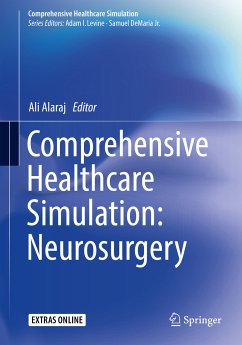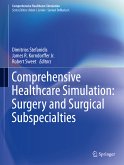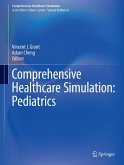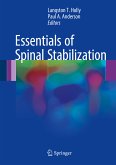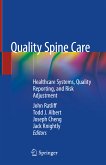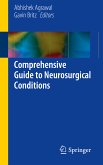This book is part of the Comprehensive Healthcare Simulation Series which provides focused volumes on the use of simulation in a single specialty or on a specific simulation topic, and emphasizing practical considerations and guidance.
Dieser Download kann aus rechtlichen Gründen nur mit Rechnungsadresse in A, B, BG, CY, CZ, D, DK, EW, E, FIN, F, GR, HR, H, IRL, I, LT, L, LR, M, NL, PL, P, R, S, SLO, SK ausgeliefert werden.
"The book seeks to shed light on the tools used both in the past and today, and gives a good overview of commercial tools ... . I would recommend this book to those who collaborate with neurosurgeons in order to give them better planning and training tools. This book has much to offer for both engineers and computer scientists who have experience working with clinical colleagues and those who have just begun this journey, perhaps as graduate students." (D. J. Williams, Computing Reviews, June 19, 2019)

